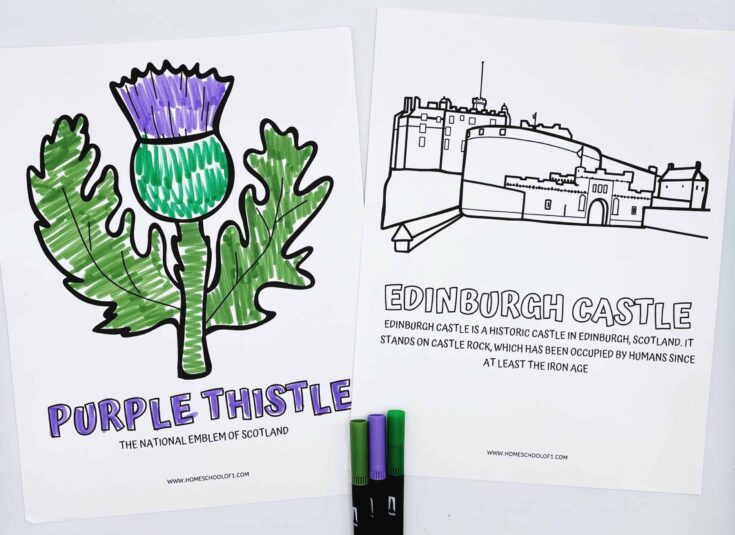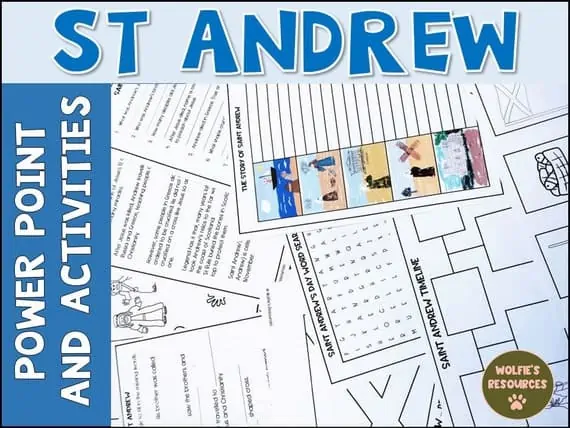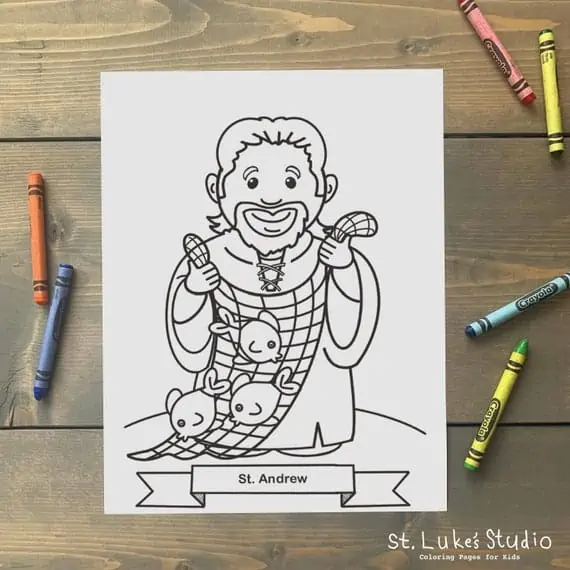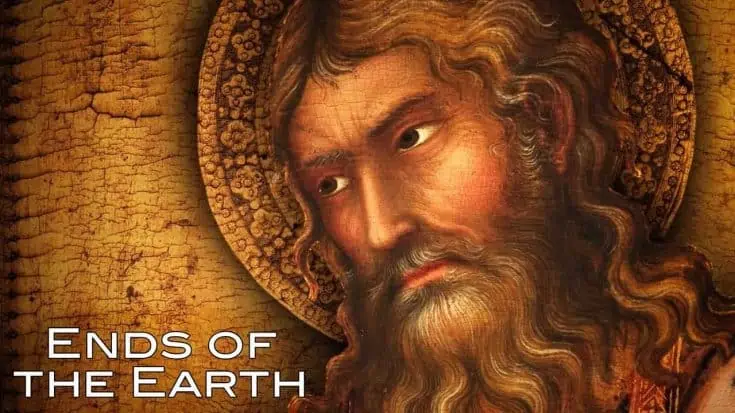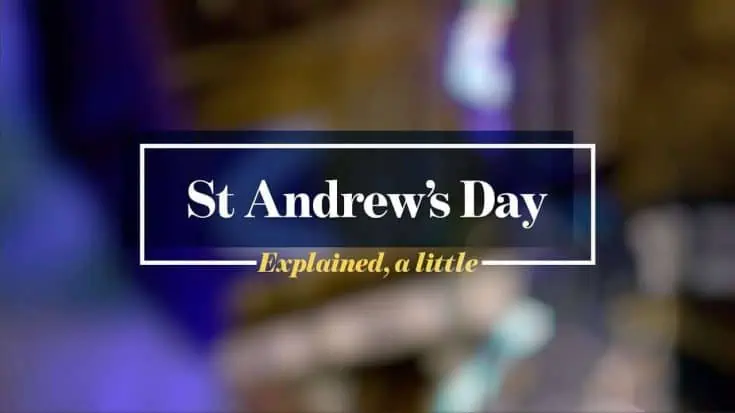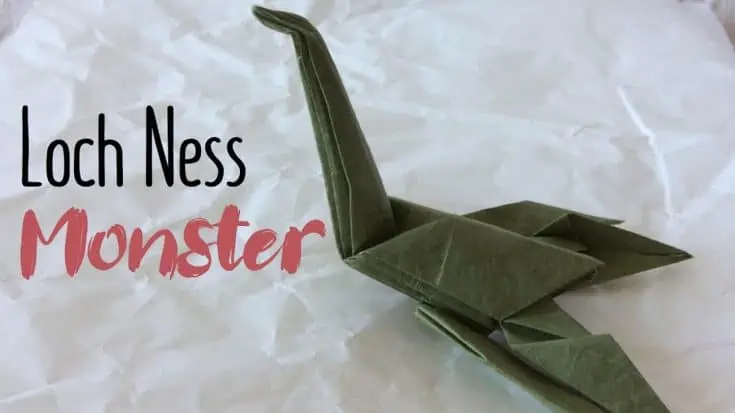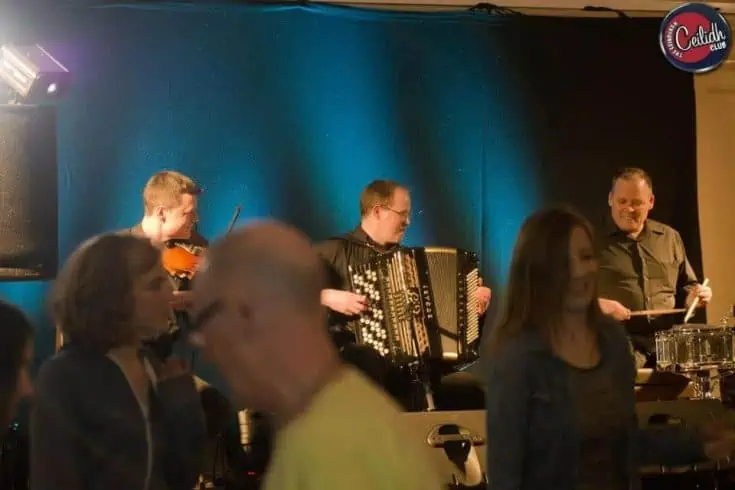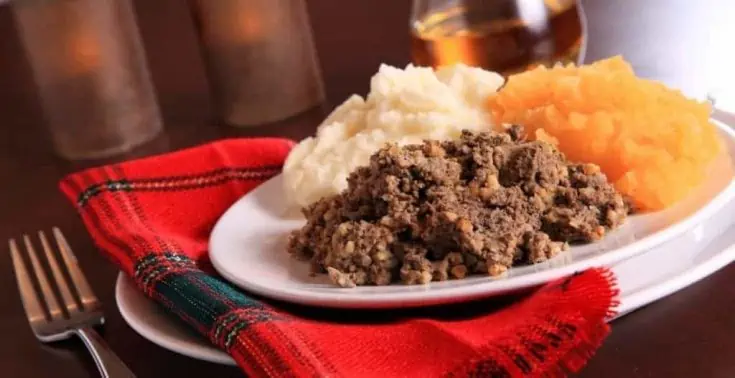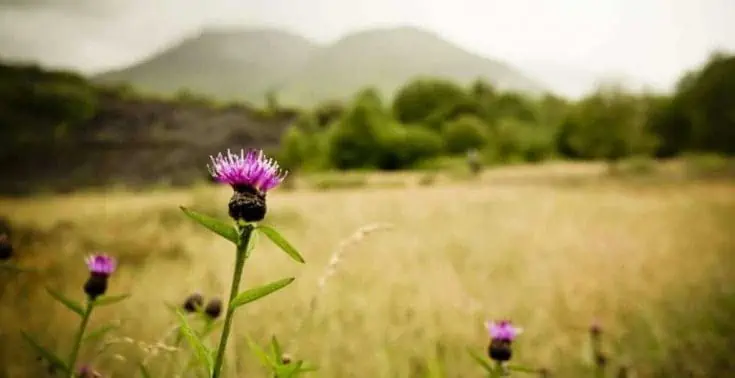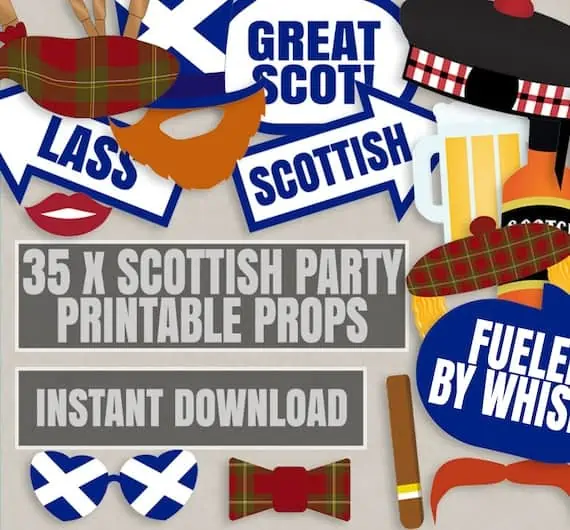St Andrew’s Day Activities & Crafts
St Andrew’s Day activities offer a wonderful way to engage kids in learning about Scotland’s rich history and traditions.
Whether you’re exploring crafts, stories, or cultural celebrations, these ideas are perfect for children aged 3-12 to enjoy at home or in the classroom.
Celebrated on November 30th, St Andrew’s Day honors Scotland’s patron saint, making it a meaningful occasion to spark curiosity and creativity.
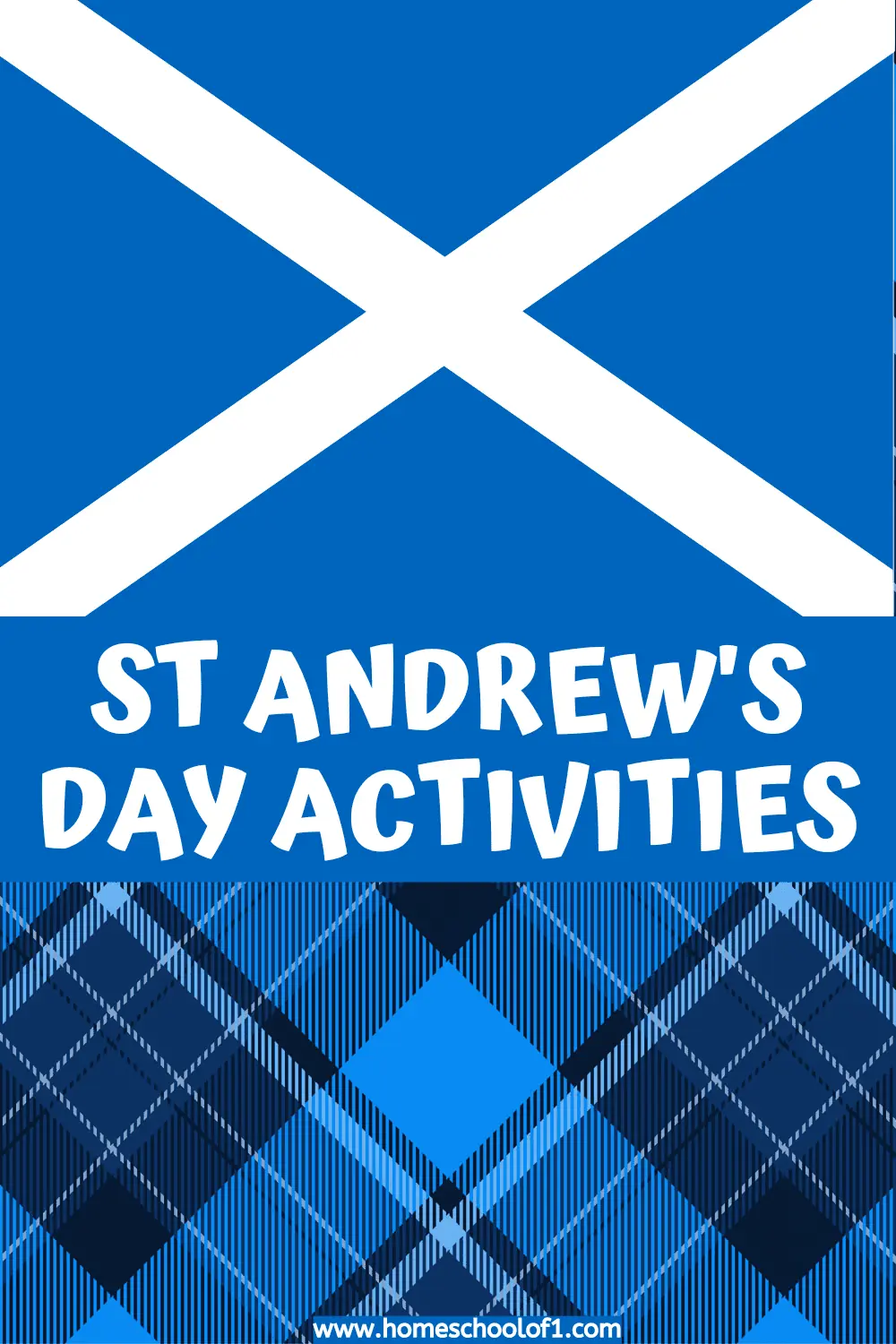
**This post may contain affiliate links. As an Amazon Associate and a participant in other affiliate programs, I earn a commission on qualifying purchases.**
St Andrew’s Day activity ideas
Celebrate St Andrew’s Day with these fun and educational activities for children. Whether you’re at home or in the classroom, these ideas are perfect for bringing the history and traditions of Scotland to life.
These coloring pages feature Scotland's symbols, including the Saltire flag and traditional Scottish landscapes. Coloring these images provides a great opportunity to talk about the meaning behind the symbols and the significance of St Andrew's Day.
Pair this activity with a brief discussion of Scotland’s culture and St Andrew’s role as the patron saint.
This activity pack allows kids to explore the life of St Andrew through engaging tasks.
The 8-slide PowerPoint covers key facts about St Andrew’s life, while the timeline activity helps kids place important events in chronological order.
The word search and "read and draw" activities offer a hands-on approach to learning.
The story frame can be used to help kids retell St Andrew's story in their own words, encouraging creativity and comprehension.
This coloring page shows St Andrew with his fishing net, reflecting his occupation as a fisherman.
As kids color, you can discuss how St Andrew was a fisherman by trade and how this connects to his work as an apostle.
This could lead to a discussion about the Christian symbolism of fishing and how St Andrew’s role shaped his legacy.
Older students can watch this engaging YouTube video that explains the life of St Andrew in an entertaining way.
The video breaks down key moments in St Andrew's journey and provides historical context.
After watching, you can encourage kids to summarize the story in their own words or create a visual timeline of events.
This resource provides an overview of St Andrew’s Day, covering its origins, traditions, and how it’s celebrated across Scotland.
You can use this as a starting point to discuss how other countries celebrate their patron saints.
Ask the kids to compare the way St Andrew’s Day is celebrated in Scotland with how other holidays are observed in different parts of the world.
Learn about the Saltire, the iconic Scottish flag, and its association with St Andrew.
This activity can include a lesson on the history of the flag, its symbolism, and how it became Scotland’s national flag. To make it interactive, kids could design their own Scottish flags or create their own personal symbols based on what St Andrew represents to them.
Watch the Scooby-Doo mystery involving the Loch Ness Monster and discuss the famous Scottish legend. Afterward, kids can create their own "Nessie" by drawing or crafting their version of the Loch Ness Monster, using paper, clay, or other materials.
This is a fun way to link Scottish folklore with creativity and storytelling.
This book is a fun exploration of the Loch Ness Monster, exploring the legend and whether Nessie truly exists.
After reading, kids can participate in a debate or discussion about whether they believe in the Loch Ness Monster and why.
They could also create a "monster map" of Loch Ness, marking the areas where "sightings" have been reported.
Teach kids to make an origami Loch Ness Monster using this YouTube tutorial.
After completing the craft, they can decorate their monsters with colors and patterns, giving them their own unique twist.
You could extend the activity by asking them to write a short story about their Loch Ness Monster or create a comic strip.
"Horrible Histories" is a series that presents history in a humorous and accessible way.
This Scotland version focuses on the country's rich history, myths, and legends.
After reading, you can hold a quiz on the facts they learned or have the kids create a "history of Scotland" timeline in the classroom.
Introduce kids to traditional Scottish dancing with this ceilidh dance tutorial. Ceilidh dances are simple and fun to do, even for younger children.
Play some Gaelic folk music in the background and encourage kids to join in.
For a larger group, organize a mini-ceilidh dance party and let the kids perform their favorite moves. You can even invite them to create their own dance.
Using a toilet paper roll, kids can make a cute Highland Cow craft, which is a fun and easy project to do. After crafting, you can teach them about Highland Cows, a breed native to Scotland, known for their long, shaggy coats.
Kids can name their cows and even make up stories about them, adding another creative element to the activity.
While haggis may not be for everyone, this activity allows you to explain its cultural significance to Scotland.
Discuss the ingredients, how it's made, and its traditional role in Scottish celebrations. If possible, you could cook a vegetarian version of haggis together with the kids, giving them a hands-on understanding of the dish.
Teach children about the thistle, Scotland's national symbol. You can explore its origins and significance in Scottish culture. After the lesson, kids can create their own thistle artwork, either drawing it or making a thistle craft using paper or fabric.
This is a good opportunity to link the thistle’s symbolism to Scotland’s identity and pride.
Print out these Scottish-themed party props, which include fun items like Scottish hats, tartan scarves, and more. These props are perfect for a St Andrew’s Day party or celebration.
Once the kids have dressed up, you can hold a mini photo booth session and let them take pictures with their props. You could also ask them to role-play famous Scots in history, adding an educational twist to the fun.
Fun facts about St Andrew’s Day for kids
St Andrew’s Day is full of interesting history! Here are some cool facts about St Andrew that you can share with the kids:
- He was a fisherman
- He was one of Jesus’s 12 apostles
- He never came to Great Britain
- He was born in Israel between 5 and 10 AD.
- His name means “manly” in Greek
- He became the patron saint of Scotland in 1320, with the Declaration of Arbroath.
- He is also the patron saint of Amalfi, Barbados, Greece, Poland, Russia, Romania, and Ukraine. (you will also enjoy our free Ukraine coloring pages) He is also the patron saint of fishermen.
- His brother Simon Peter was the first Pope.
- He was crucified in Greece on a slanted cross as per his request on 30 November 60AD
- Andrew was present at the Last Supper.
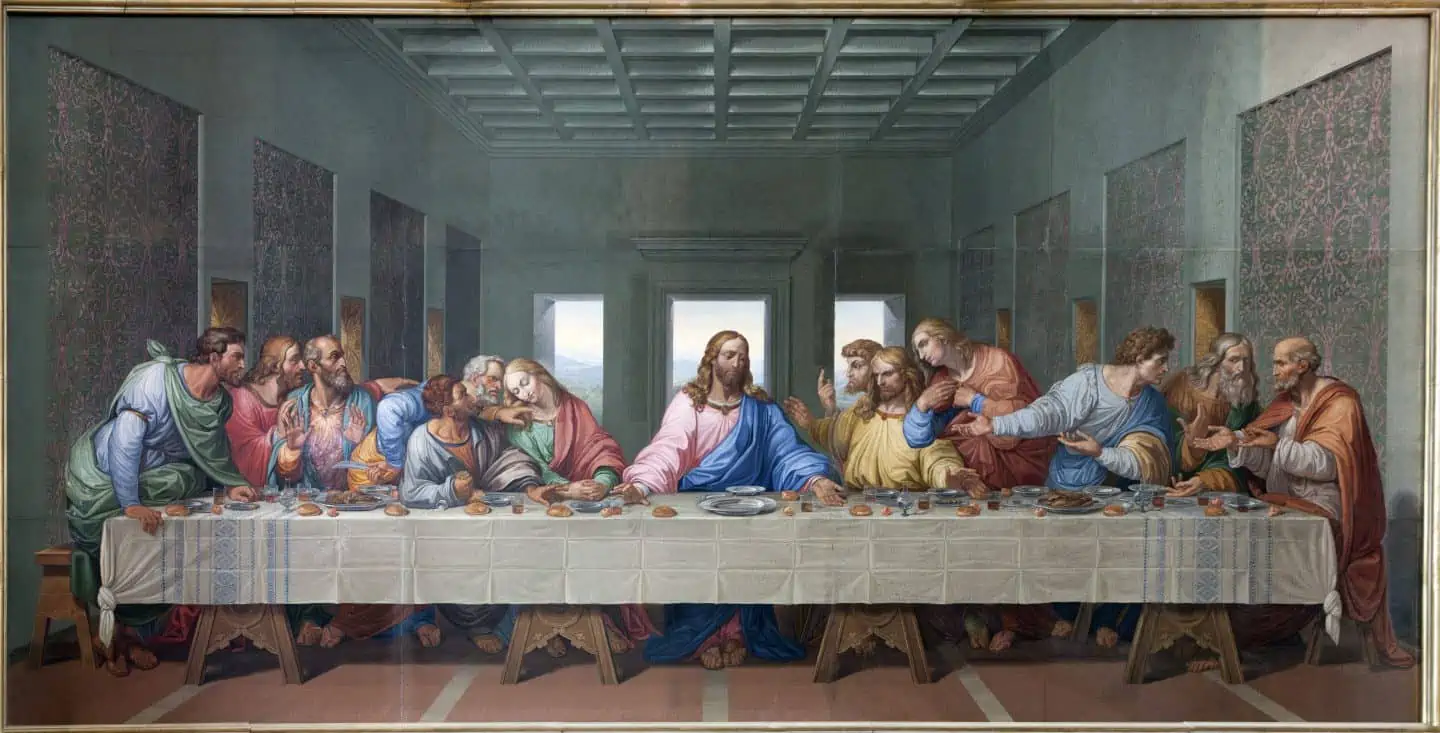
Other Patron Saints of the United Kingdom
After celebrating St Andrew’s Day, why not explore the other patron saints of the United Kingdom? Each saint has a rich history, and learning about them can offer a deeper understanding of the diverse cultures within the UK. Here are some fun and educational activities to celebrate the other patron saints:
- St Patrick’s Day activities (Ireland)
Learn about St Patrick, the patron saint of Ireland, through crafts, stories, and activities. From shamrock crafts to Irish music, St Patrick’s Day is a wonderful way to explore Irish heritage and folklore. - St Georges Day activities (England)
Celebrate St George, the patron saint of England, with dragon-themed crafts, historical lessons, and traditional English customs. This day is perfect for exploring England’s rich history and legends, including the famous tale of St George slaying the dragon. - St Davids Day activities (Wales)
Discover the history of St David, the patron saint of Wales, through Welsh crafts, recipes, and cultural activities. Teach kids about Wales’ national symbol, the leek, and explore the meaning behind St David’s message to “be joyful, keep the faith, and do the little things.”
Last Updated on 7 April 2025 by Clare Brown


